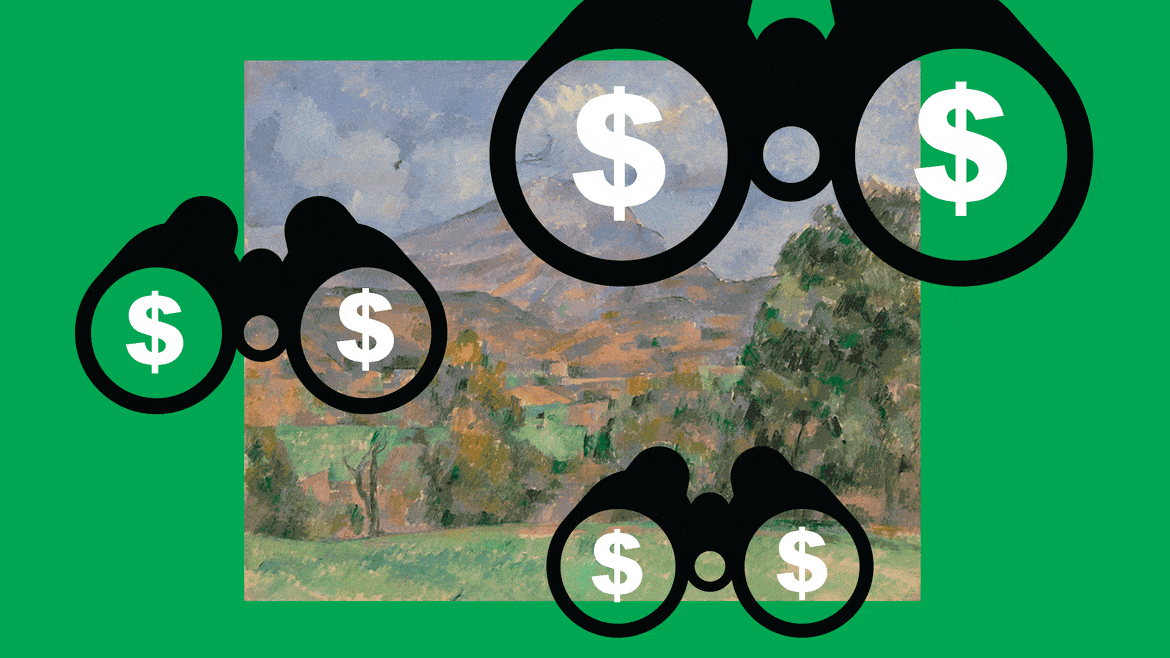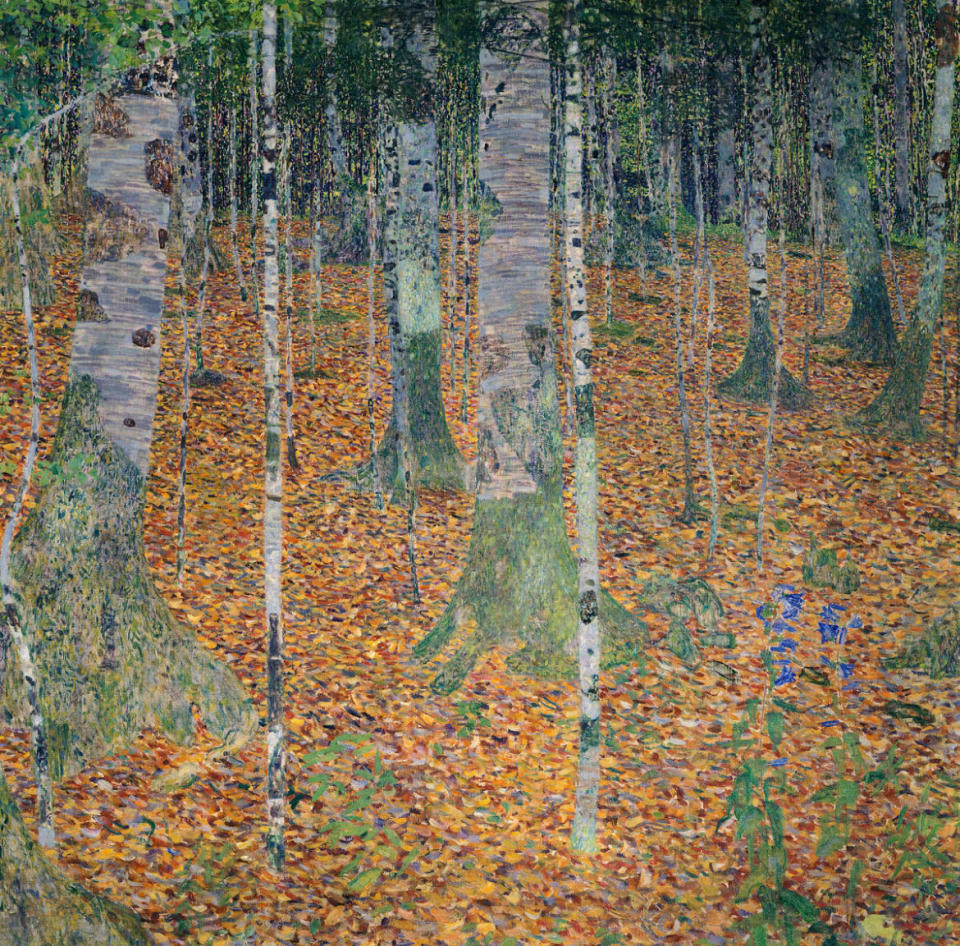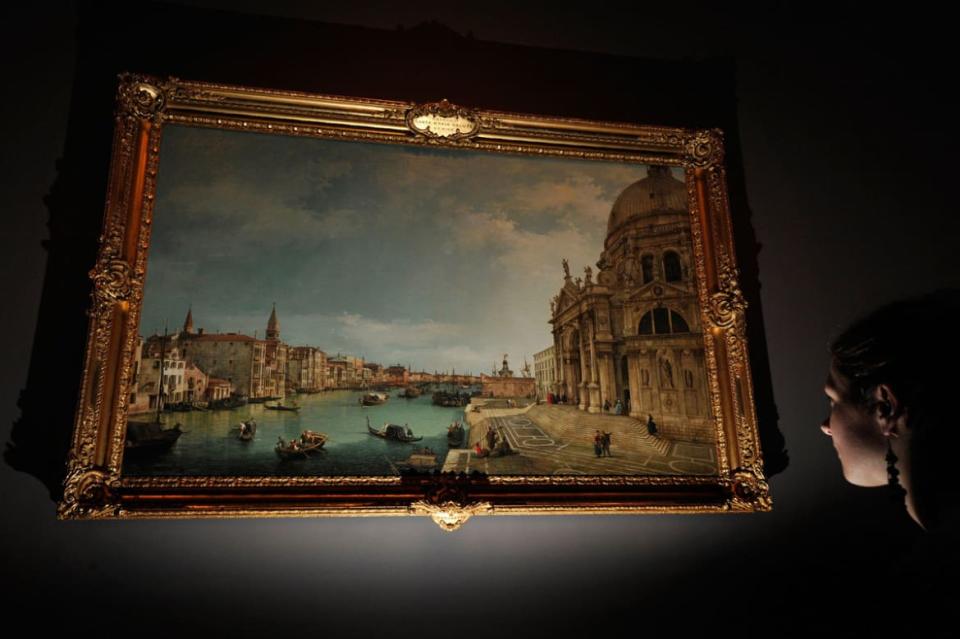Billionaire Art Collectors Circle as Megabucks Masterpieces Head for Auction

It’s said that the pillars of the art market come down to the three Ds: death, divorce, or debt. It’s in these dramatic instances of transition, financial peril or both that longtime collectors are most motivated to unload their goods, and when they do, the results can be spectacular.
In May, Sotheby’s scored a huge win with the Macklowe collection auction, a sale made possible by real estate developer Harry Macklowe’s splashy split from his wife, Linda. The Macklowes, who had no pre-nuptial agreement, had been married for nearly 60 years and their divorce was bitter: Linda’s legal team claimed her ex, who’d also been shelling out for his French mistress’s Park Avenue apartment, hadn’t paid taxes since the ’80s.
Who’ll Get the Warhols? The High-Society Divorces Behind New York’s Mega-Expensive Art Sales
On the strength of the sale of only 65 lots, including a $61 million Pollock and $48 million Rothko, the Macklowe collection became the most expensive ever to sell at auction: altogether, Sotheby’s did $922.2 million in sales. “This sale will... make history as one of the defining moments in the art market,” Sotheby’s CEO Charles Stewart said at the time.
The Macklowe divorce also produced some hilariously messy rich person behavior. Years prior to the sale, Harry Macklowe paid for 42-foot-high Times Square billboards of his and mistress-turned-wife Patricia Landeau’s faces. If that doesn’t send a message, I don’t know what does.
When major art auctions such as the Macklowe unloading hover on the horizon, it’s all but guaranteed that the wealthiest and most discerning collectors in the world will be poised to descend upon the goods with as much focus and financial firepower as they can muster. Whether it’s with the aid of in-house auction specialists or independent art advisers, headline-worthy acquisitions are anticipated, which means art-world blue blood starts running extremely hot.
This November, Christie’s is offering “Visionary: The Paul G. Allen Collection,” a juggernaut compilation of over 150 works from the late Microsoft co-founder’s estate, and the treasures listed are a doozy: Gustav Klimt’s Birch Forest, an autumnal 1903 landscape estimated at over $90 million, is up for grabs, as is a Paul Cézanne landscape that’s estimated to sell for closer to $100 million.

Birch forest, 1903, by Gustav Klimt (1862-1918).
All told, the auction is expected to garner an unprecedented $1 billion, which would smash the record set earlier this year by the Macklowe collection and become a massive feather in Christie’s cap. With these kinds of goodies dangled in front of them, deep-pocketed buyers are primed to fall over themselves in order to get in on the action.
When it comes to Cézanne, the buyer who could take the top Allen prize might not be an individual at all. In 2012, as part of a bid to make the nation an international arts hub, Qatar spent over $250 million on The Card Players. More recently, Cézanne’s 1895 piece The Glade sold for $41.7 million at Sotheby's after being deaccessioned by Ohio’s Toledo Museums of Art, but its buyer hasn’t been revealed.
It’s unclear whether the Allen collection will beat the American artist auction record, as the Jasper Johns (an American artist, obviously) collage offered for sale is estimated to sell for around $50 million. However, it seems likely that Jasper Johns’ personal auction record will almost certainly be obliterated, as the most a Johns work has ever fetched at auction in the past was $36 million in 2014.
In October, Christie’s is also offering “The Ann & Gordon Getty Collection,” a staggeringly large sale of close to 1,500 works of fine and decorative arts culled from the couple’s home. Gordon Getty is the son of billionaire oil baron J. Paul Getty, while Ann, who passed away in 2020, was the grande dame of their San Francisco mansion, which she packed with 18th-century Chinese wallpaper and opulent chandeliers.
This summer, Sotheby’s also launched its first auction in Singapore in 15 years, heralding the growing strength of the Southeast Asian art market; more landmark auctions in the area are sure to follow.
The fall, eyes are particularly trained on objects like the 18th-century painting Entrance to the Grand Canal Looking East by Canaletto from the Getty collection, as well as a superlative Gerhard Richter painting being offered at Sotheby’s Hong Kong that’s expected to sell for a top estimate of HK$235 million (around US$30 million).
“These are cultural trophies, and it really becomes kind of a pissing contest,” Matthew Capasso, the director for Gurr Johns Capital, an independent art advisory and art lending firm, told The Daily Beast. “A lot of these collectors don’t need these works of art, they just gotta have them. It's something they put on their metaphorical mantlepiece, which is really their third ski home in Gstaad. They can say, ‘I got the Seurat from the Allen sale,’ and all his buddies at Davos or wherever can say, ‘Oh, that’s cool.’”
Generally, mega-collectors interested in multi-million dollar paintings aren’t on the auction house floor when the bidding is taking place. A proxy is wielding the auction paddle for them, or else they’re speaking directly to an auction house employee who’s on the phone with them during the sale. Per the buyer’s direction, auction house employees will intervene with bids or refrain if the price gets too high. Still other bidders opt to place their bets online, where anonymity is even more aggressively ensured.

“The Entrance to the Grand Canal, Looking East with Santa Maria della Salute,” by Canaletto.
The highest price reached for an American work of art at auction was set in May when Christie’s sold Warhol’s Shot Sage Blue Marilyn for around $195 million. That treasure was snapped up by mega-gallery scion Larry Gagosian, who previously had sold that very same work in 1986. Gagosian is as big a buyer as he is a seller—his personal collection includes everyone from Cy Twombly to Jeff Koons—so you can pretty much always count on him to be represented on the auction floor.
Hilde Lynn Helphenstein, an artist and curator, runs the wildly popular art-world insider Instagram account @jerrygogosian; in an instance of the critic becoming an institutionally validated tastemaker, Helphenstein curated “Suggested Followers: How the Algorithm is Always Right,” an upcoming digital sale in partnership with Sotheby’s.
In terms of which buyers will duke out, Helphenstein said that estates affiliated with the artists represented in the auction and American multi-millionaires will always have good shots at winning their lots. But “right now, as of today, the Asian market art market is financially stronger than the European market,” Helphenstein told The Daily Beast.
“A global art adviser with offices in New York and Hong Kong told me the collectors I’m working with right now in Asia are like the collectors I was working with 20 years ago in New York,” Helphenstein told The Daily Beast. “They’re invested, they’re hungry and they’ve got the money for it and they want it. We shouldn’t underestimate them at all.”
Indeed, Asian buyers made up 31 percent of Christie’s total sales in 2021, and Asian buyers purchased or bid on 46 percent of Sotheby’s lots that ended up selling for more than $5 million, Bloomberg reported in January.
Some of these highest-profile buyers include billionaire Pierre Chen, who’s amassed a superlative collection over the decades and sold his $11.4 million wine collection with Sotheby's in 2021, and Adrian Cheng, a Hong Kong-based developer who’s among the youngest billionaires in the world. But you can also expect Silicon Valley entrepreneurs like Marc Andreessen and luxury titans like Bernard Arnault and Gustavos A. Cisneros to be in the mix, based on their enthusiastic and frequent participation in the market.
“In recent seasons, in terms of masterpiece collecting, Asia can account for anywhere between 25 percent and 50 percent of a masterpiece sale,” Max Carter, the vice chairman for 20th and 21st century art at Christie’s, told The Daily Beast. “There is quite a lot of interest in certain old master artists in Asia. But then, the Asian audience also responds to great American artists, the greatest impressionists, and early postwar artists, all of which are represented [in the Paul Allen sale]. So we’re going to send a robust group of masterpieces to Hong Kong, Shanghai, and Taiwan to make sure that we’re responding to that audience.”
After pieces are acquired at auction, any number of things can happen to the art. It could be immediately spirited into a private collection and put on display, locked for decades in someone’s personal storage hatch, transferred to a museum, or used as a bargaining chip in an even higher-stakes transaction. But the public in general has restricted access to this information by design—that’s why it’s such an event when certain paintings resurface at auction after being hidden away from the world for decades. The very rich are also very, very private.

Adrian Cheng.
The art world coexists with the world around it in some ways, and not in others. Rising inflation and interest rates mean that, for most collectors with paintings they might be looking to part with, “this is not a great time to get people to sell really, really important pieces of art,” Benjamin Godsill, an auction house specialist and private art adviser, told The Daily Beast.
“But for something like the Paul Allen sale, no matter what the real economy is doing on the ground, when there are opportunities to purchase special pictures that are likely once-in-a-lifetime or close to it, people that have the means are likely still gonna want to stretch for that work, because it might be their only chance to do it,” Godsill said.
Such is the appeal of the no-holds-barred, winner-takes-all auction environment: There are winners and there are losers, and generally, people understand this, Godsill said.
“In terms of how relationships are affected, that’s certainly something that comes into play in terms of whether or not you’re offered work from an in-demand exhibition on the primary market,” Godsill said. “I’m definitely gonna get chafed at galleries that don’t give me and my clients the shot to acquire something, even if it’s highly in demand, whereas with an auction house, it is what it is. It’s the raw unfettered market.”
Get the Daily Beast's biggest scoops and scandals delivered right to your inbox. Sign up now.
Stay informed and gain unlimited access to the Daily Beast's unmatched reporting. Subscribe now.

